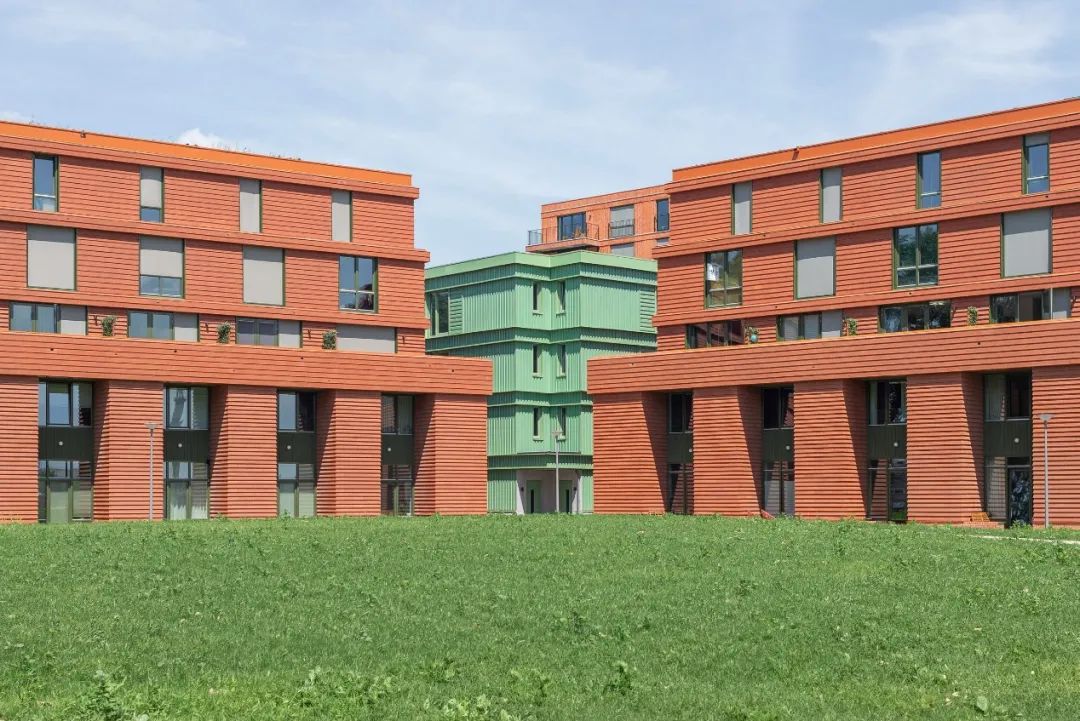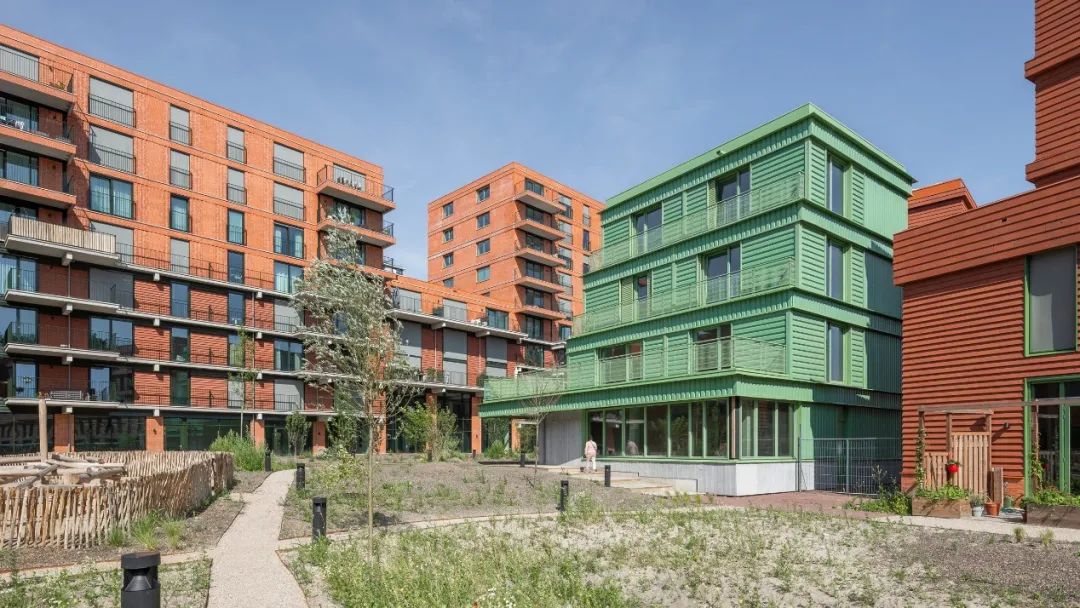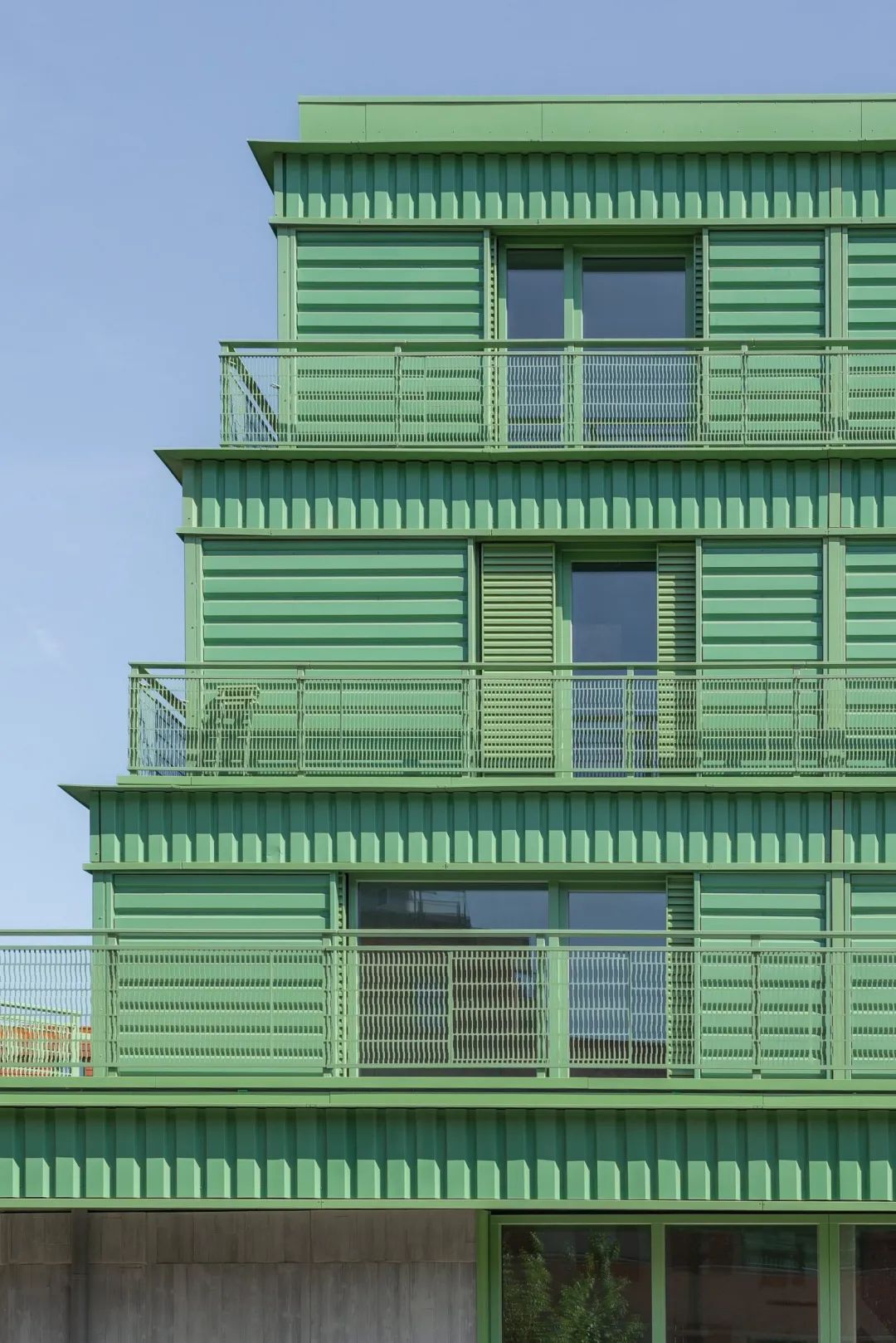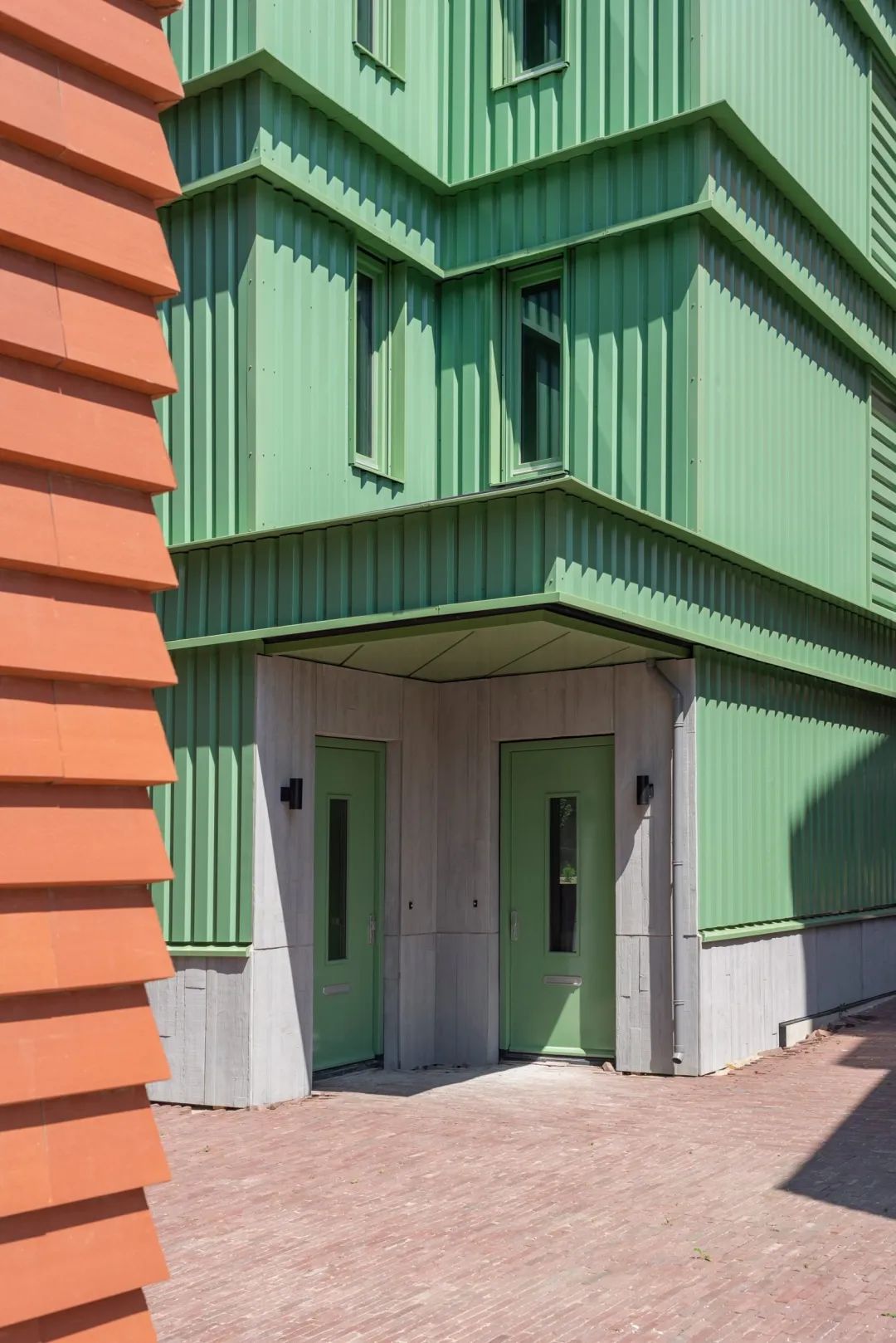Zero carbon technology: Building Houses with Nearly 100% Recycled and Reused Materials
The current climate crisis has prompted the construction industry to reevaluate its traditional practices. Buildings consume a significant amount of energy during construction and daily operation, leading to a tremendous environmental burden. Therefore, exploring methods to reduce carbon emissions in the industry has become particularly important. Creating a circular built environment is an effective starting point, and its implementation will greatly enhance the sustainability of the construction industry and reduce its impact on the environment.
The circular building environment is a design concept aimed at minimizing the environmental impact of buildings throughout their entire lifecycle. This approach emphasizes the recycling and reuse of building materials, avoiding the consumption of raw resources. By using recycled materials, the construction industry can not only reduce the generation of construction waste but also lower the energy consumption required for producing these materials.
Another important component of the circular built environment is reusability. This type of building includes materials that can be reused by construction workers at the same site or in other projects. By keeping materials in use, the circular built environment can significantly improve resource efficiency and reduce pressure on the environment.

Villa Residu
Dutch studio V8 Architects has built two semi-detached houses in the Netherlands, first using recycled and reused materials to demonstrate how circular design principles can be applied to housing. These houses, named Villa Residu, are part of the Koer residential development project by developer VORM in Rotterdam.
V8 Architects aims to build houses entirely using recycled and reused materials, except for the foundation and stairs, as a case study on how to implement circular design on a broader scale. Given the challenges of implementing circularity in current large housing projects, V8 Architects hopes that a smaller project will push this to the maximum and learn from the process. V8 Architects also wants to demonstrate that aesthetics, construction methods, and circularity can work in harmony.

The design of this green building contrasts sharply with other residences in the area; it is a duplex, which is a typical type in the Netherlands.
On the ground, the semi-detached house is built using structural materials recycled from previous projects, with the steel frame and wooden floor respectively sourced from Swanenberg Iron Group and demolition contractor Bork.

These houses are enclosed in reusable steel facade panels procured by Van Engeland de Groot, with windows processed, planed, and recoated by CirQ Wood and Kiewit. The glass, railings, profiled panels, waterproofing boards, wooden frames, and insulation materials for the exterior walls also come from previous projects.

The block is divided into two parts along the diagonal, with a pair of entrance doors placed side by side under the canopy. Each house's ground floor contains a large family office space that can be accessed separately from the main house, along with a living room. The upper level of each house includes four bedrooms and two bathrooms. Internally, most of the drywall used for the walls is recycled, while new drywall is used for the ceilings. The internal wooden staircase is also constructed using new materials.
The project's license is granted based on extensive material specifications, and the contractor uses professional material brokers to obtain recycled materials. V8 Architects then modified the design as needed throughout the construction process.
V8 Architects also stated that focusing on the reuse of materials will affect the way houses are designed and built. It is not enough to just design and expect materials to be available somewhere, like picking them off a bookshelf. Therefore, it is necessary to specify the design in a more universal way, so that various changes can be made within specified dimensions, materials, and shapes two years after the design is completed.
According to the studio, the environmental performance (MPG) analysis of the buildings shows that these houses score 56% higher than the statutory standards. Focusing on circularity, the building is also designed to be disassemblable.
V8 Architects believe that "flexibility is key" when it comes to using reused materials. If circular design is to be more widely adopted, the demand for material warehouses will continue to grow. There will be a huge demand for interfaces between warehouses or markets, as the availability and necessity are difficult to match in a timely manner.
Reuse is not always cheaper than using new materials, and the necessary structural approvals for recycling or reusable materials are more complex. In this regard, specific legislation and taxation on non-circular materials may be helpful. V8 Architects also hope to see the government introduce financial incentives to encourage reuse, as this project has shown the studio that new materials are often cheaper than recycled materials.
In the face of the escalating climate crisis, all industries need to enhance sustainability, and the construction industry is particularly important. By utilizing circular building methods, resource consumption and carbon footprints can be significantly reduced. Despite certain limitations, by strengthening the use of recycled materials and promoting sustainable practices, the construction industry can move towards a more environmentally friendly future, creating more buildings as sustainable climate-positive structures.
【Copyright and Disclaimer】The above information is collected and organized by PlastMatch. The copyright belongs to the original author. This article is reprinted for the purpose of providing more information, and it does not imply that PlastMatch endorses the views expressed in the article or guarantees its accuracy. If there are any errors in the source attribution or if your legitimate rights have been infringed, please contact us, and we will promptly correct or remove the content. If other media, websites, or individuals use the aforementioned content, they must clearly indicate the original source and origin of the work and assume legal responsibility on their own.
Most Popular
-

At Least 44 Dead in Century-Old Fire! Questioning Hong Kong's Hong Fu Garden: Why Has the Path to Fire Resistance Taken 15 Years Without Progress?
-

Satellite chemical's profits surge! can the 26.6 billion yuan high-end new materials project meet expectations? a review of progress on four major projects
-

Key Players: The 10 Most Critical Publicly Listed Companies in Solid-State Battery Raw Materials
-

Estun Turns Profitable in 2025 Half-Year Report, Industrial Robot Shipments Rank First Among Domestic Brands
-

Avatr Files for IPO on HKEX, Plans to Complete Listing in Q2 2026






